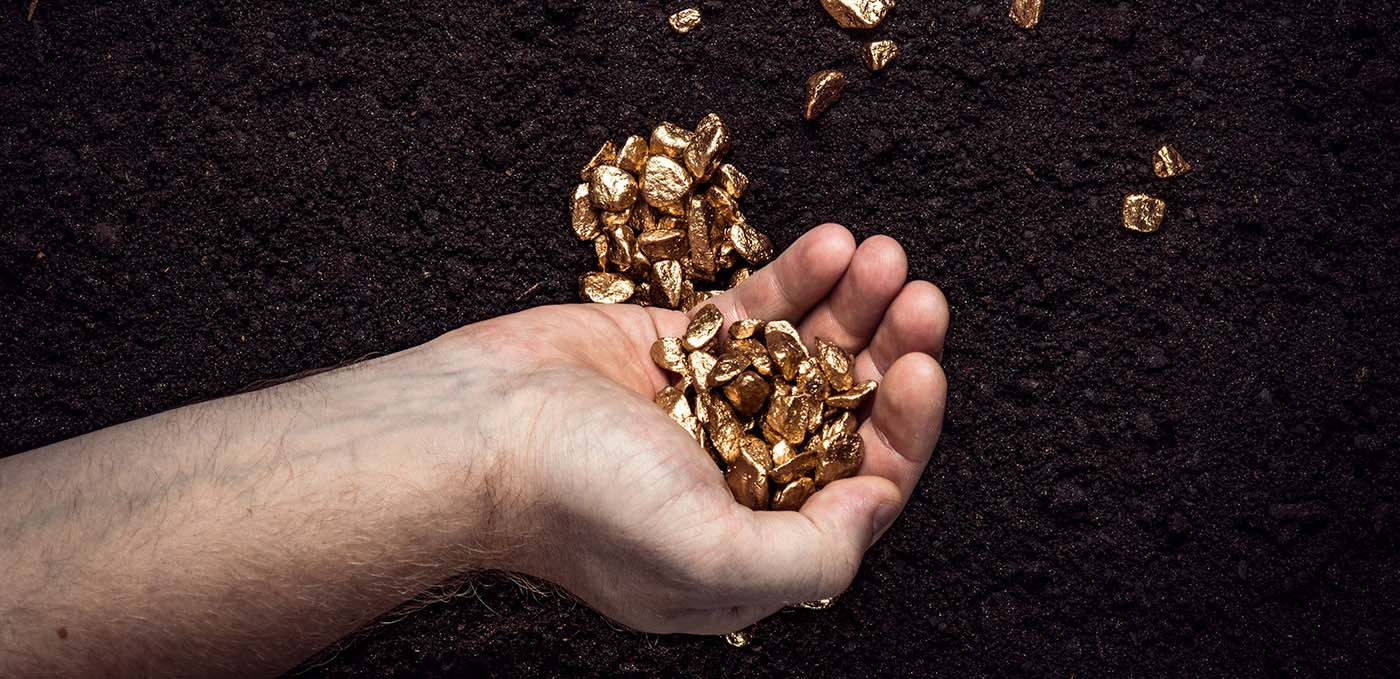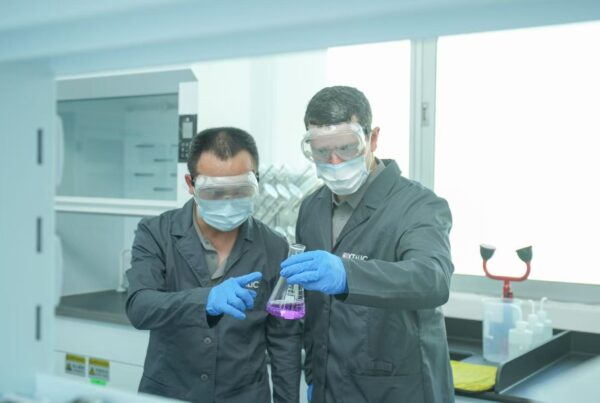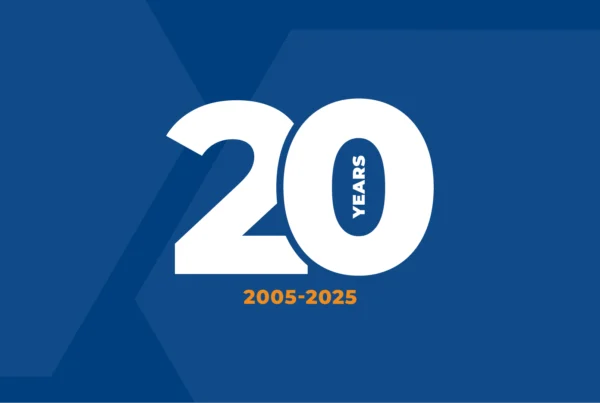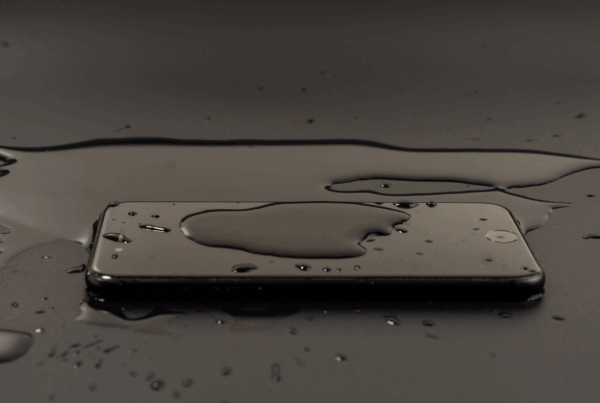Since its inception within the labs of MIT, Xtalic has been committed to engineering solutions that positively impact the environment. Through sound engineering, we designed our first nanostructured alloy in 2005 via a toolkit that focused on the elegant principles of thermodynamics and metallurgical processes but lacked the net positive impact on the environment that we aimed for.
Fast forward to today, our alloy design philosophy and methodology now incorporate a direct focus on sustainability. By integrating sustainability into our designs, we not only fulfill our ethical obligations but also enhance the value proposition of our solutions for customers. With an increasing number of environmentally conscious consumers monitoring their products’ environmental impact, there’s a growing demand for sustainable solutions aiming towards carbon neutrality.
When customers approach us with the task of designing new alloys for their products we evaluate three routes of environmental savings: Substitutional, Secondary, and Recycling.
Contents
Substitutional Savings Through Sustainable Alloy Design
Substitutional savings in alloy design entail replacing materials with high environmental impact with those that have a lower ecological footprint. Many of the life cycle assessment tools utilize the metric of kg CO2 per kg of materials produced, which reflects the cost of materials as they are mined and extracted from the earth and readied for use. We recognize that it doesn’t generally include the cost of converting the material into its final form, a topic for future consideration.
As an example of substitutional savings, consider the use of palladium (Pd) as a diffusion barrier layer. Pd performs this task well and is readily available. Xtalic’s LUNA material is a nanostructured silver-tungsten (Ag-W) alloy which is also an excellent diffusion barrier. This material meets two strategic design objectives: lower cost and lower carbon footprint.
To quantify the environmental impact, we refer to Figure 1 sourced from “Life Cycle Assessment of Metals: A Scientific Synthesis,” by Phillip Nuss and Mattew J. Eckleman. In 2014, Nuss and Ecklemen compiled a library of life cycle assessment values for the more common metals and created an infographic.
In our analysis, pure palladium registers a CO2 emission rate of 3880 kg/kg mined. However, by employing the nanostructured silver alloy, LUNA, this environmental impact score drastically decreases to 190 kg/kg mined, representing a 20x reduction.
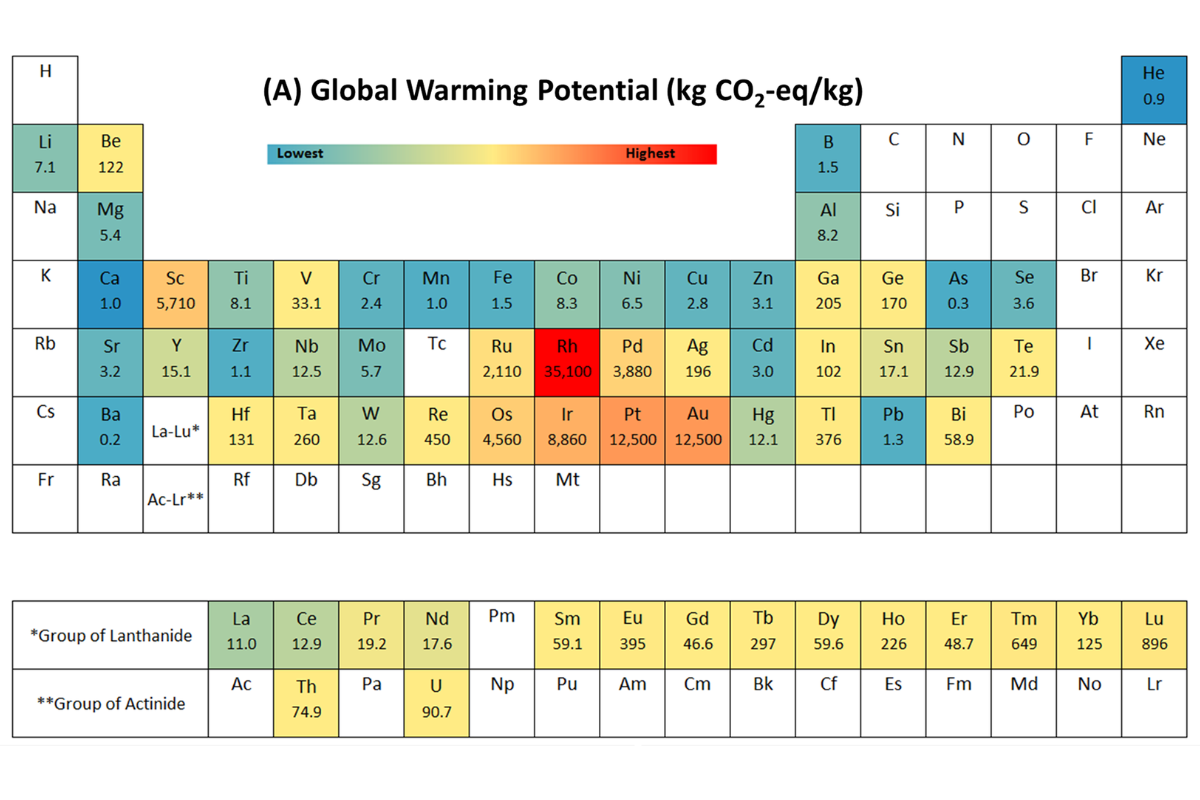
Figure 1. Periodic table of elements showing the LCA (life cycle assessment) values by the equivalent kg CO2 created by mining each metal. Color coding indicates the severity of environmental impact.
Secondary Savings – A Case for Precious Metal Reduction
Secondary savings in alloy design arise from efficiencies achieved within a system due to material reductions. For instance, in one application, our customer utilized gold (Au), a high-impact material of 12,500 kg CO2/kg. The gold worked in tandem with an underlying supporting layer. Through strategic engineering, we replaced this supporting layer with a nanostructured nickel alloy, reducing gold consumption by 66% and yielding substantial cost savings. Further details on this case study are available in our white paper.
The Power of Recycled Materials for Environmental Conservation
Recycled savings represent a crucial avenue for reducing environmental impact, particularly in the context of metallurgy. Much of the environmental burden associated with metals stems from the energy-intensive processes involved in mining, purification, and transportation. Recycling offers significant benefits in mitigating these impacts by reducing or eliminating the need for such resource-intensive procedures.
Back in 2022, Apple announced its efforts in recycled metals, targeting the gold used in printed circuit boards and connectors. As gold has a significant environmental footprint, moving to recycled content is a significant step towards environmental stewardship.
In the case of tungsten, the purifying aspects can be energy intensive since the melting point of tungsten is 3422°C. Xtalic has made a significant move to using only certified recycled tungsten in our supply chain. This resulted in a 50% reduction in the environmental footprint associated with its production.
The Xtalic toolkit and computational alloy design capabilities, allow us to facilitate rapid alloy design while prioritizing both performance and sustainability. By leveraging these tools, we continue to uphold our commitment to our partners to deliver innovative solutions that not only enhance product performance but also minimize environmental impact.
Connect with us to evaluate your technology roadmap and alloy design requirements.
Contact Us
"*" indicates required fields
